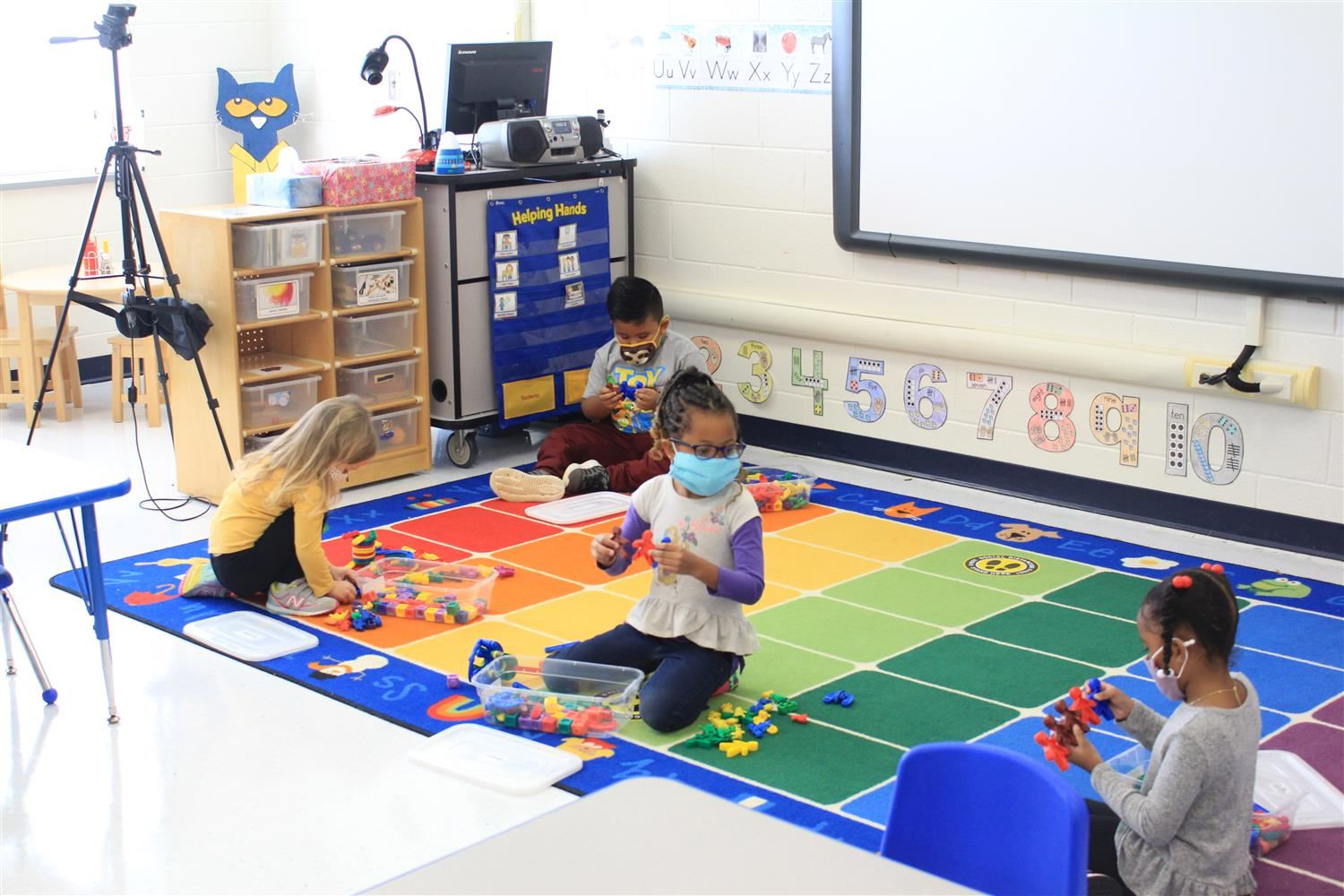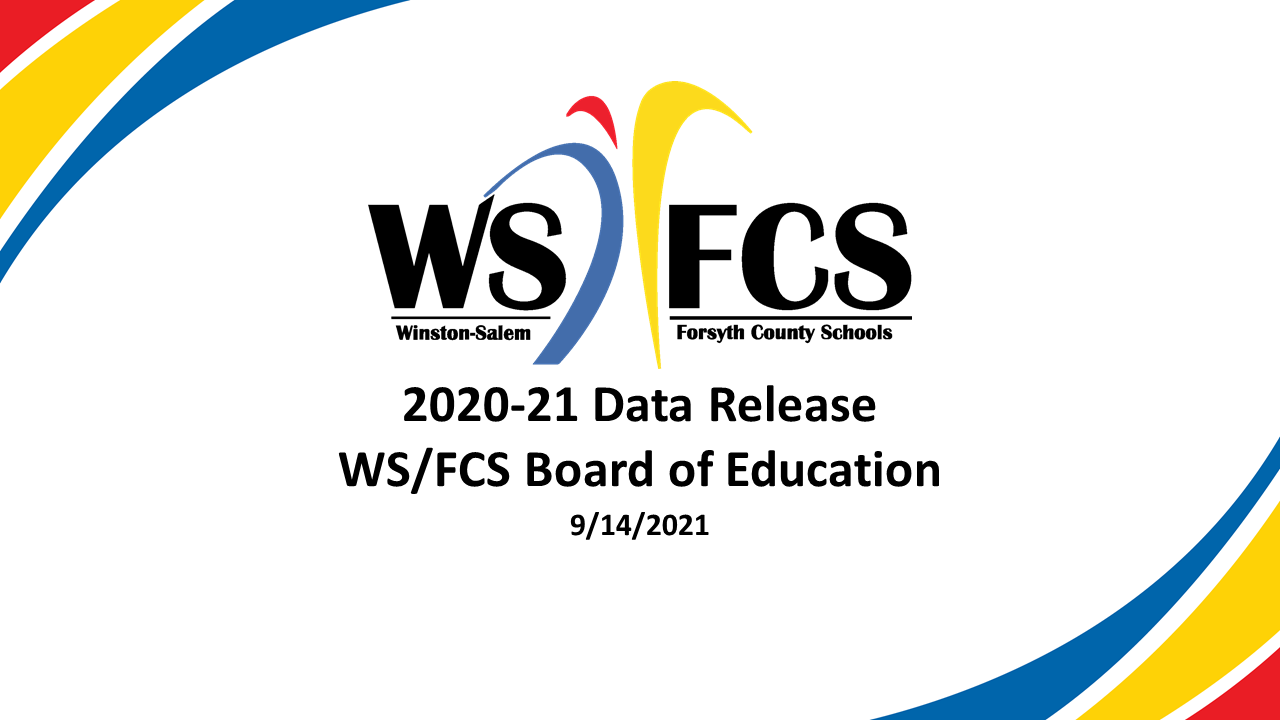The Winston-Salem/Forsyth County Board of Education was presented student achievement data for the 2020-21 school year in September at its regularly scheduled meeting. The data was released and verified September 1, 2021 by the State Board of Education and the North Carolina Department of Public Instruction. Due to the COVID-19 pandemic, this is the first student data released since the results from the 2018-2019 school year. WS/FCS leaders join state officials in noting the new data should not be considered an accountability report or compared to previous years. Due to school closures, a variety of remote learning options, a variance in instruction and testing standardization, it stands to reason these scores will be different than years past. That is in part why state accountability is waived and there are no updated School Performance Grades.
More on the state’s overall scores can be found on the NCDPI webpage.


